What is a Diesel Locomotive?
A “Diesel Locomotive” is a self-powered railway vehicle that moves along the rails and pulls or pushes a train attached to it using a huge internal combustion engine running on Diesel fuel as the prime mover or the primary supplier of power.
You will learn the working of diesel trains or diesel locomotives in this article.
Also read: Working of Electric Locomotives
Working of Diesel Locomotives
Instead, the diesel engine is used to turn a huge electricity generator /alternator which produces electric current (earlier Direct Current, nowadays Alternating Current), which is then transmitted to traction motors which then produce the actual (rotational) torque that turns the wheels of the locomotive.
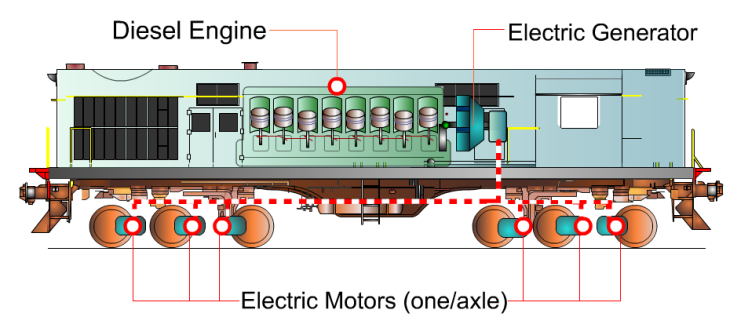
Hence, the function of the diesel engine is only to generate power for the traction motors and some auxiliary equipment.
Indian diesel locomotives work with six traction motors, one for each axle except the WDP4 ( W-wide gauge, D-diesel, P-passenger ) which had only four traction motors for six axles.
History of Diesel Locomotives
Contrary to popular belief, electric locomotives are much older technology (1881) compared to diesel (1938)! Hence, diesel locomotives work on the same principle as on electric locomotives.
It would not be wrong to say that diesel locomotives actually run on electric power, which is why locomotives using this technique of operation are called “Diesel-Electric”, which includes all mainline diesel locomotives in India.
In older times there were Diesel-Hydraulic locomotives which had the diesel engine directly driving the wheels through a set of gears like automobiles, but were not only complicated but inefficient and troublesome as well and were replaced by Diesel-Electrics.
When we say “transmission” for locomotives, we mean the method or type of electricity transmitted from the engine to the traction motors. Some of the earlier locos had DC (Direct Current) transmission, but all the newer models have AC transmissions and all functions within the locomotive are controlled by computers.
The diesel locomotive is actually quite a sophisticated piece of equipment though it does not look it the part. Diesel locomotives are fiercely independent, hugely flexible, can run anywhere and anytime as long as they have enough fuel in their tanks. A generator on wheels that produces its own electricity to run itself!

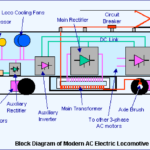

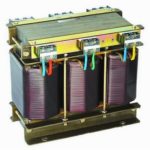
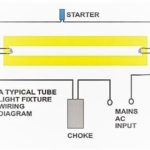
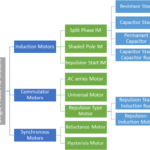

I came here after reading your article about electric locomotives. Really impressed.